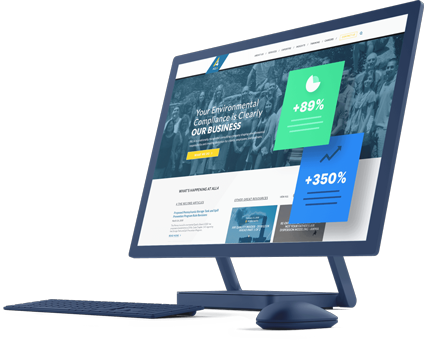Revenue run rate definition: Revenue run rate is a financial performance indicator that uses a company’s current revenue during a certain period (say a month or quarter) to predict its annual revenue. Rapidly growing companies and new businesses can use revenue run rate to forecast their income with only a few months’ worth of data.
Do you need to give your prospects an idea of how much your company is worth in your sales pitch deck? Or do you need to present an annual revenue figure to your business’s investors? Enter revenue run rate.
Not sure how to calculate revenue run rate and use it for your business? This blog post will help you understand run rate with these topics:
- What is revenue run rate?
- How to calculate revenue run rate
- The benefits of calculating revenue run rate
- The limitations of using revenue run rate
Feel free to go through each topic or jump into ones that you need help with. You can even sign up for our free newsletter, Revenue Weekly, to get the latest sales and marketing tips that will help increase your revenue.
What is revenue run rate?
Revenue run rate is an indicator of financial performance using a company’s current revenue during a specific period (say a month or a quarter) to forecast its annual revenue. For example, let’s say your business generated $10,000 in income in the previous quarter. Your revenue run rate would be $40,000.
| Q1 revenue | $10,000 |
| Revenue run rate (Q1 revenue x 4) | $40,000 |
Run rate assumes that your current sales and revenue will not drastically change throughout the remaining months. It also works with the assumption that the current financial environment will be stable throughout the year.
Helpful for growing companies and new businesses, run rate lets you forecast your revenue performance. What’s your company’s future financial health? How much can you save or invest in the coming year? These are some of the questions that revenue run rate can answer with estimates.
How to calculate revenue run rate
Here’s the revenue run rate formula:
Revenue run rate = Revenue during a period * Number of periods in a year
Based on this revenue run rate formula, take your current revenue during a particular period, say one quarter. Multiply that by four to get the whole year’s worth of revenue. If you have revenue data for one month, multiply it by 12 instead.
For example, if you made $3,000 for a month, your revenue run rate is $36,000.
The benefits of calculating revenue run rate
Run rate allows you to forecast your performance and growth in the future, thus providing you with beneficial information on the following:
- Cash flow needs: What’s your business’s current financial health? How about its future financial health? Revenue run rate gives you an idea of your cash flow needs.
- Budget needs: Revenue run rate forecasts your earnings at the end of the year, so it also predicts your savings by then. Can you afford to invest in employee training or new equipment? Or do you have enough budget to expand?
- Inventory needs: An accurate run rate prediction can help you manage your inventory. Because you know how much sales and revenue you generate monthly or quarterly, you know the correct number of orders and stocks to keep.
The limitations of using revenue run rate
Revenue run rate isn’t always accurate because demand for your products and services fluctuates. Hence, your revenue for a particular month or quarter may differ from other months or seasons throughout the year. You can expect winter coat sales to skyrocket during the fall and winter seasons, but it can’t give you the same sales figure during summer.
Seasonality
Your sales can fluctuate monthly or every season. For example, let’s say you own a travel agency. Summer and spring seasons are your busiest and most profitable months. Your revenue during your peak season is different from, say, winter.
If your revenue during your lowest month is $6,000, for example, your annual revenue run rate is $72,000. This figure, however, doesn’t consider your busiest months.
Contracts
Do you own a subscription-based business? Revenue run rate is just one of the metrics you should measure. If your software-as-a-service (SaaS) business welcomed new customers for $100,000 for one month, you can’t expect the same figure every month. Perhaps you’ll retain customers the following month for less than their first contract price, but maybe you’ll have lots of customers leaving the month after that.
Annual recurring revenue (ARR) is the metric to track if your company offers yearly subscriptions. ARR is your company’s ongoing revenue for your offerings predicted over a year. It considers the contracts you’ve closed and renewed within a year.
Product launches and price updates
Revenue run rate doesn’t consider new product launches, which can cause a spike in your sales for a few months. Your initial run rate forecast may be lower than your actual revenue.
Price updates and special offers are not factored into your revenue run rate. They may either increase or decrease your income within the year.
Company and industry changes
Is your customer churn rate lower than normal? Your total revenue for the year can be higher than your forecast using revenue run rate.
External factors like industry changes are also excluded from revenue run rate’s extrapolation. If a new company debuts, it can eat a slice of your pie (and profit).


